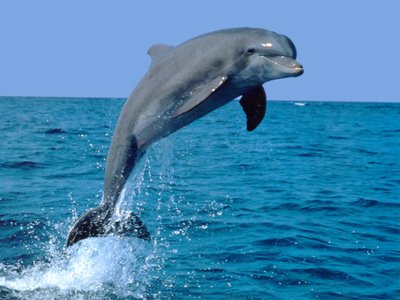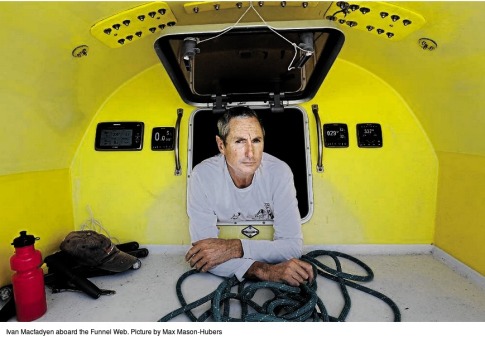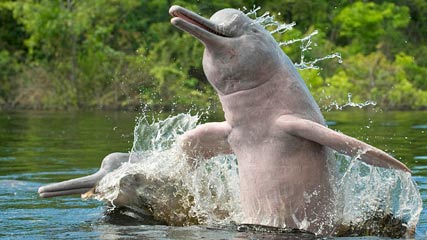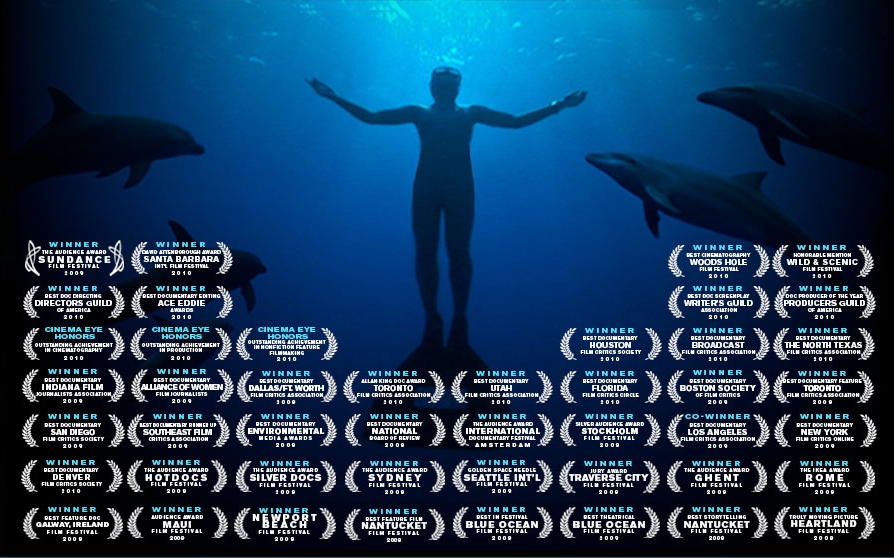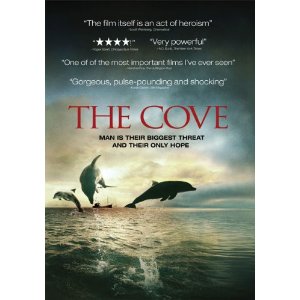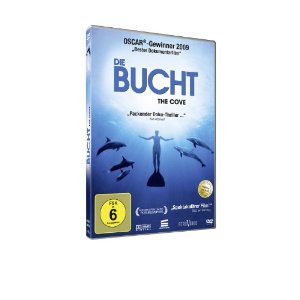Antarctic cold snap kills millions of aquatic animals in the Amazon.

The San Julián fish farm in the Santa Cruz department of Bolivia lost 15 tonnes of pacú fish in the extreme cold.Never Tejerina
With high Andean peaks and a humid tropical forest, Bolivia is a country of ecological extremes. But during the Southern Hemisphere’s recent winter, unusually low temperatures in part of the country’s tropical region hit freshwater species hard, killing an estimated 6 million fish and thousands of alligators, turtles and river dolphins.
Scientists who have visited the affected rivers say the event is the biggest ecological disaster Bolivia has known, and, as an example of a sudden climatic change wreaking havoc on wildlife, it is unprecedented in recorded history.
“There’s just a huge number of dead fish,” says Michel Jégu, a researcher from the Institute for Developmental Research in Marseilles, France, who is currently working at the Noel Kempff Mercado Natural History Museum in Santa Cruz, Bolivia. “In the rivers near Santa Cruz there’s about 1,000 dead fish for every 100 metres of river.”
With such extreme climatic events potentially becoming more common due to climate change, scientists are hurrying to coordinate research into the impact, and how quickly the ecosystem is likely to recover.
The extraordinary quantity of decomposing fish flesh has polluted the waters of the Grande, Pirai and Ichilo rivers to the extent that local authorities have had to provide alternative sources of drinking water for towns along the rivers’ banks. Many fishermen have lost their main source of income, having been banned from removing any more fish from populations that will probably struggle to recover.
The blame lies, at least indirectly, with a mass of Antarctic air that settled over the Southern Cone of South America for most of July. The prolonged cold snap has also been linked to the deaths of at least 550 penguins along the coasts of Brazil and thousands of cattle in Paraguay and Brazil, as well as hundreds of people in the region.
Water temperatures in Bolivian rivers that normally register about 15 ?C during the day fell to as low as 4 ?C.
Read moreBolivia’s Biggest Ecological Disaster: Cold Kills Estimated 6 Millions And Thousands of Alligators, Turtles And River Dolphins
